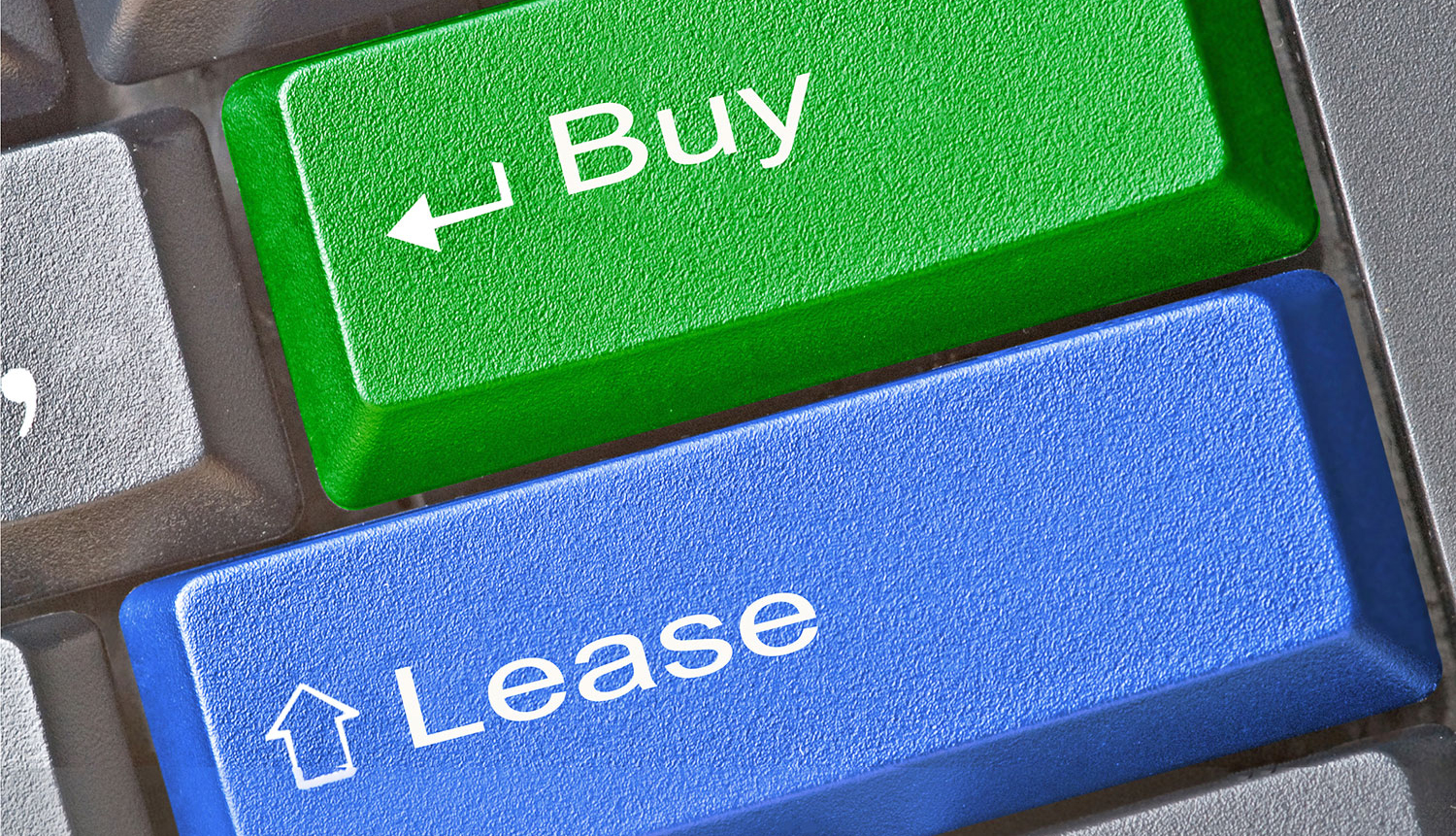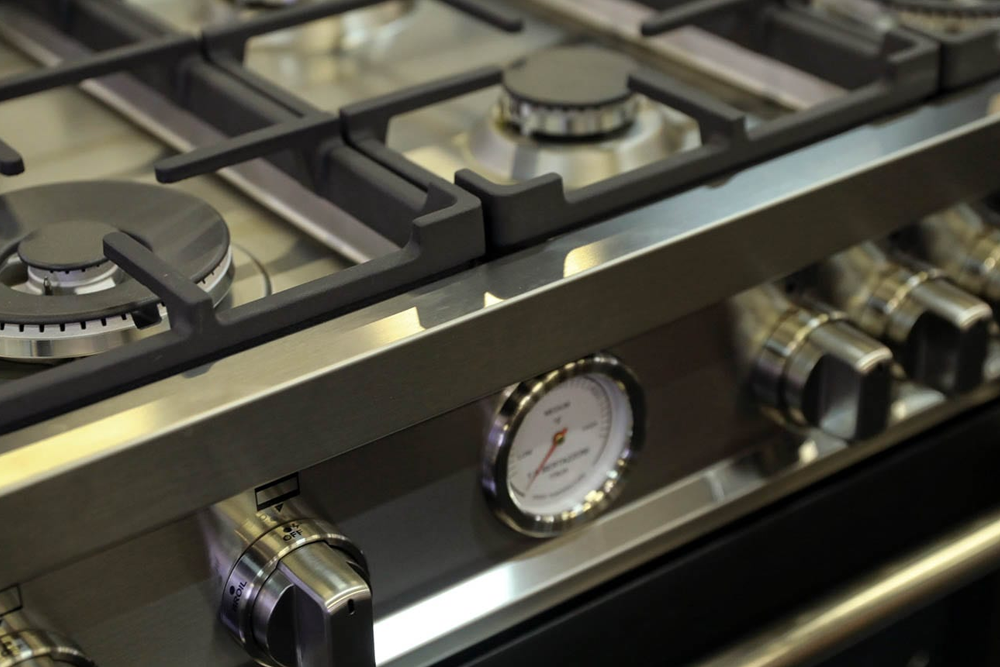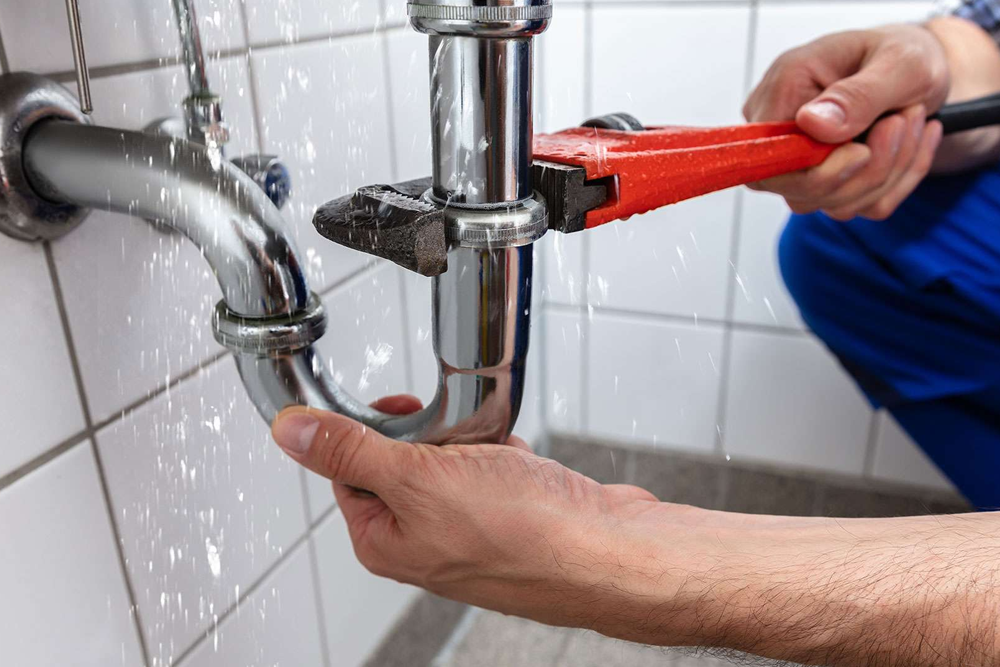Even with the many business financing products out there, equipment financing has long been a popular choice for small businesses. That is because small businesses are usually part of industries that are reliant on equipment. And, as you possibly know, that equipment is not cheap. Whether it is a $10,000 oven, a $5,000 photocopier, or a $90,000 dump truck, it will always hit you hard in the wallet.
Since most small businesses deal with limited cash flow, it is challenging to purchase a not-cheap piece of equipment no matter how vital it is. To solve this problem, many business owners turn to the various loan products available for the purpose of equipment financing. Following industry research, 80 percent of companies choose the financing route when they require to make an equipment purchase.
Just as price tags vary on different equipment pieces, so do the equipment financing amounts you can qualify for. On the low end, you will sometimes see loans of $5,000. For the largest purchases, the amounts can go all the way up to $5,000,000. The amount you qualify for will depend on the details of the equipment you are buying, such as its value in the long term and if it is new or previously owned. The interest rates for equipment financing can be quite favorable, starting in the neighborhood of 7.5 percent. As far as the terms go, they tend to fall somewhere between one and five years.
How does equipment financing benefit your business?
So there are the nuts and bolts of this method of financing. But what are the unique elements that really make it special? Here are some of the biggest benefits you will get when you use equipment financing for your small business:
It is easier to obtain than other kinds of financing.
When small business owners take the traditional path of going to their local bank for a loan, it can be an extremely frustrating experience. Not only is the process time-consuming, but banks reject 85 percent of financing applications. That path just is not a good use of your valuable resources and time.
With equipment loan financing, the odds of success go way up. First of all, the requirements are more relaxed. As far as you have been in business for at least a year and you generate $50,000 or more in annual revenue, you will be a prime candidate. Financing companies will also pay close attention to your credit score, but you probably will not need to worry as far as it is 650 or higher.
One of the main ways equipment financing loans makes things easier for entrepreneurs is that collateral is not an issue. Instead of offering up your home or boat to the lender, you can use the equipment you are buying. As far as you make all of your payments as scheduled, the equipment is yours to keep. And if you default on the loan, the lender might take possession of the equipment. However, at least all your personal property would remain yours. Besides, with the advent of online lending, you can visit a marketplace and get a loan option faster than ever.
Typically, the trend to move mobile and online for small business equipment financing will continue to become more commonplace and, eventually, the norm. As financing companies and mobile technology become more aligned to service small business demands, this will further amplify use cases and small businesses’ implementations. Typically, the generational shift in business ownership will further consolidate online and mobile as core channels to securing equipment financing.
With equipment financing, funding is fast.
Some business loans can take up to three months to finance. Thus, if a crucial piece of equipment were to break down, imagine how hard it could be to endure ninety days without the cash necessary to find a solution. The geniuses who invented equipment financing loans knew that small business owners could not sit around waiting for help. They require funding fast in these kinds of scenarios. After your financing request is approved, you can often obtain the money by the next day. Part of this expediency arises from the fact that the loan is more streamlined. Remember how you do not need to put up your own collateral? Well, that condition simplifies the process. And because the requirements are lower than with more exclusive financing options, there is less paperwork and fewer hoops to jump through.
You can use equipment financing for all kinds of equipment.
When most people hear the word “equipment,” they think of things such as forklifts and X-ray machines. Nonetheless, the definition is actually much broader when it comes to equipment financing. In the construction and industrial world, this financing method is usually used for large items such as hydraulic lifts, dump trucks, compressors, backhoes, excavators, conveyor belts, trucks, or backhoes. It could also help fund the purchase of solar panels on the roof of your office. Or a new credit card reader allows you to accept more payment forms from customers, such as Apple Pay or Google Pay.
In a restaurant, equipment financing could obviously help buy fryers, refrigerators, blenders, and ovens. It can also be used for upgrading the tables in the dining room. Or a restaurant point of sale system. Or new lighting. Whatever your industry, know that equipment financing is a versatile solution to your financing needs. Whether you need to upgrade your technology with better computers, add comfier chairs to your waiting room, bolster your payment processing tools, or add new trucks to your fleet, equipment financing could be the vehicle that gets you there.
Tax Advantages
Generally, a lease can be structured either on or off-balance sheet. As an expense, lease payments lower tax liability and can be designed to qualify as an operating lease under FASB 13 for financial reporting purposes. The choice will depend on your accounting objective and other cost trade-offs that you are inclined to make to achieve your strategic objectives.
Stay competitive in the industry.
Also, equipment financing loans can help you stay competitive against businesses that provide the same products and services. Your business can remain competitive in the following ways:
- Providing better services and products using high-quality equipment
- Purchasing office equipment that helps you stay in touch with customers through social media, fax, or email. Purchasing business vehicles that mobilize your company
Besides, equipment financing can give you a fighting chance if you are competing with larger businesses or corporations.
Leasing or buying equipment: Which is best?
Typically you have three options when it comes to obtaining equipment:
- Leasing it;
- Buying it; or
- Do a sale-and-leaseback
It is essential to consider what your use will be of the equipment you finance, and how long you anticipate to keep it. When leasing equipment, you will spend less upfront, so if you do not want to take out a large loan, you can keep costs down. You might be able to negotiate flexible terms with an equipment lease, and it is easy to upgrade equipment once your lease ends, which comes in handy if your equipment is something such as a computer that quickly becomes obsolete. Also, your lease payments might be tax-deductible.
One of the shortcomings of leasing is that, over time, you will spend more on the lease than you would have to purchase the equipment outright. You do not own it, so you will have to get another solution to replace it (or extend the lease term, if that is an option) at the end of your lease.If you purchase, the equipment will be yours for its life. Generally, you can sell it if you no longer require it or if you want to replace it. Moreover, there are tax incentives for business equipment that you can make excessive use of overtime.
Purchasing does, of course, cost you more upfront. And if it becomes obsolete quickly, you will have to replace it, and selling it will not help you nearly recover what you paid for it. When it comes to the sale-and-leaseback option, you generally sell the equipment to a lender for cash and then lease the equipment back from them. When the term ends, you can return the equipment or purchase it from the lender.
Why should you consider this option? You get money from selling the equipment to your lender, which you can utilize to operate or grow your company, and you still have access to the equipment. This might be cheaper than financing new equipment. The drawbacks here are that your equipment is your collateral. If you default on the lease, your equipment will be repossessed. Also, you might not get as much as you hope for the sale of your equipment. Sale leasebacks usually work on a 2:1 ratio.
Equipment financing loan and you
If your small business needs a piece of equipment, take the time to review all your options. Maybe a term loan or some other financing type could be a viable way to accomplish your objective. What is important is that you survey the options before you narrow things down. Ultimately, you might find that equipment financing is indeed right for you. It is a laser-focused solution for entrepreneurs, so if your business has equipment-related needs, it could quickly turn out to be the best way for you to make your dreams come true.













